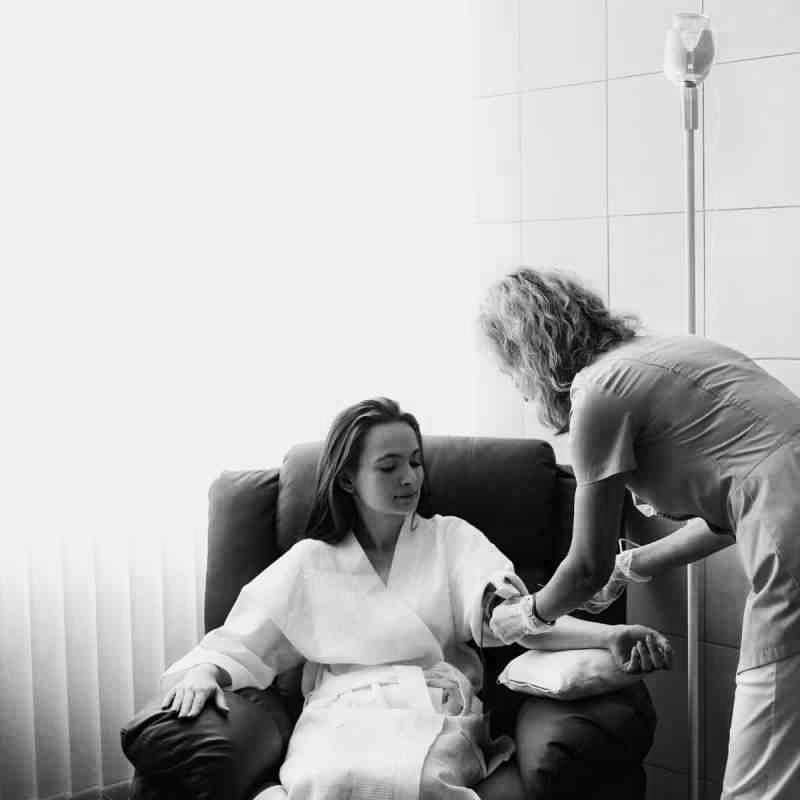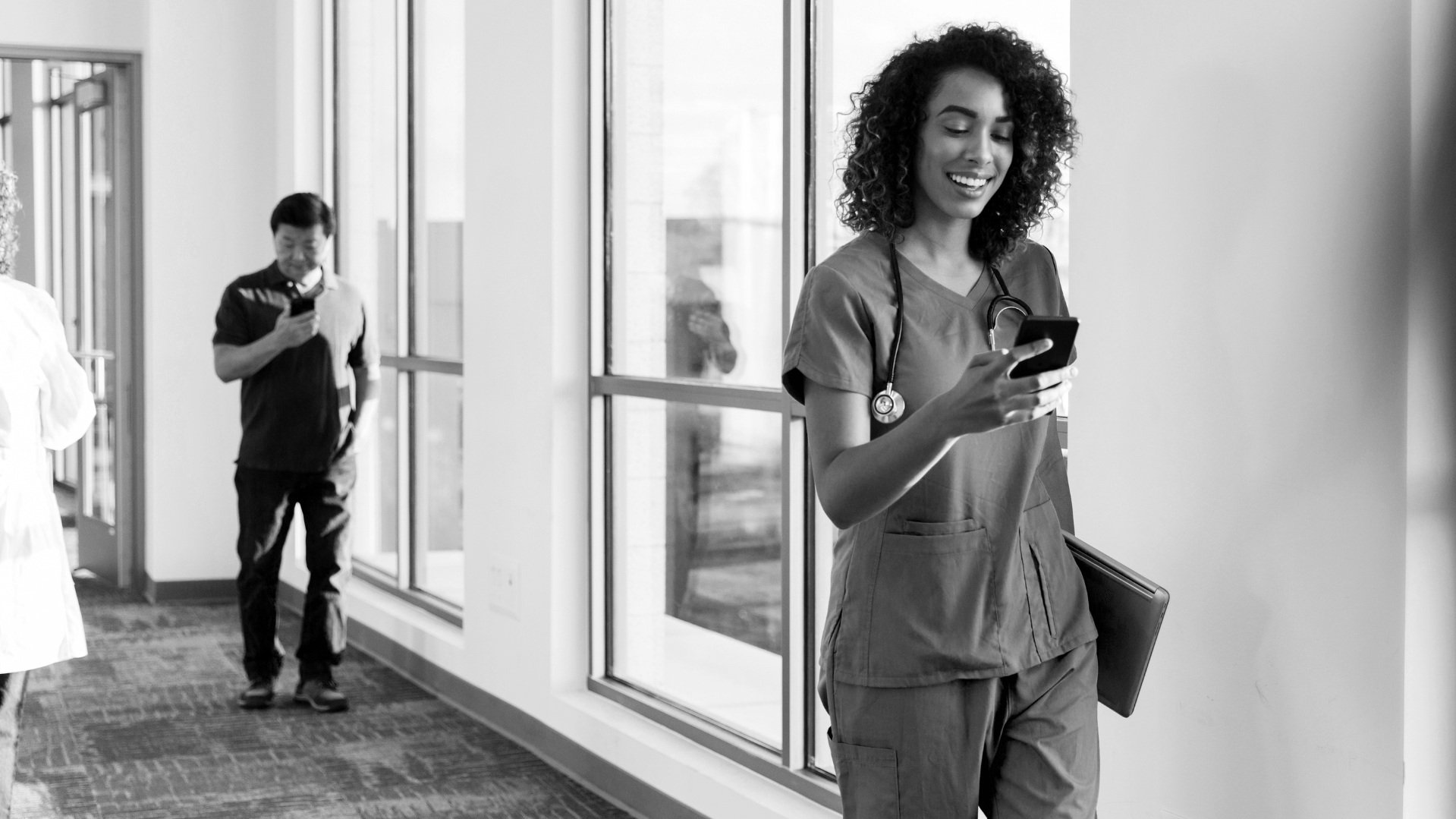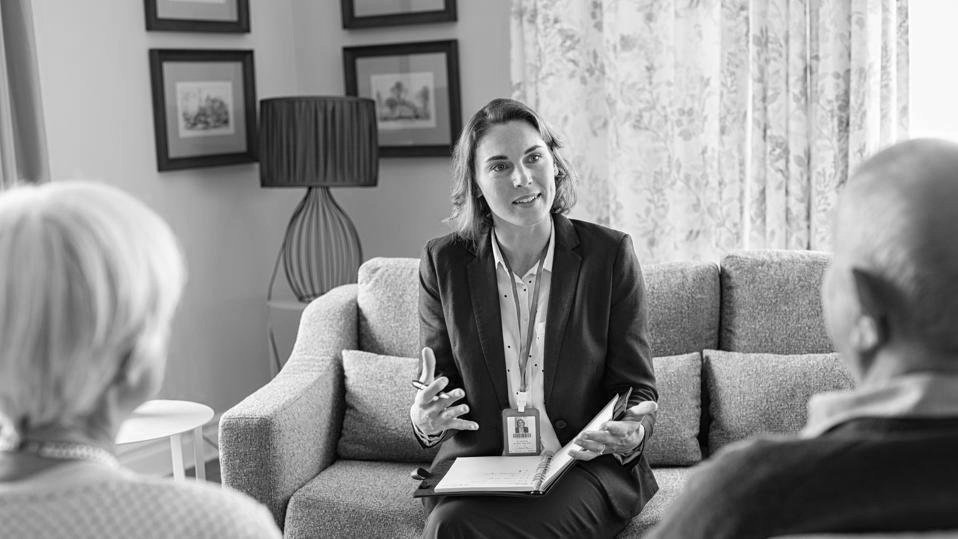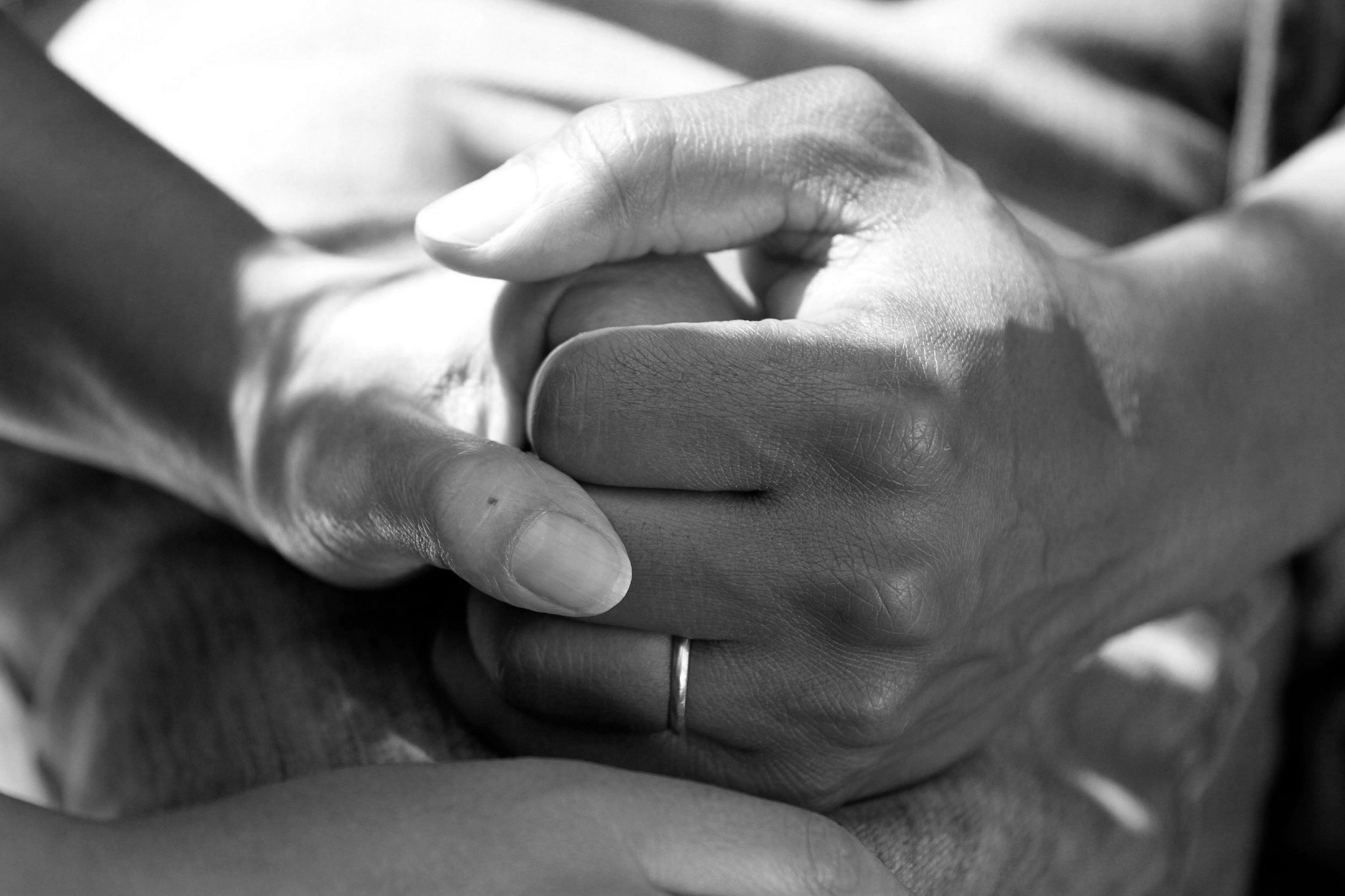KATANA Safety Presents:
The Frontline Focus
4 Common Misconceptions About Mobile Caregiver Safety
Unpack four common misconceptions about mobile caregiver safety and learn the realities every agency leader should understand before sending their team out into the field.
The Rise of Decentralized Clinical Trials: What it Means for CRO’s and Lone Worker Safety
As trials move beyond the controlled environments of hospitals and into patients’ homes or community settings, CROs must rethink how they manage and protect their dispersed workforce. With mobile staff playing critical roles in DCTs, the need for remote safety protocols and emergency response tools has never been greater.
Global Approaches to Lone Worker Safety
Lone worker safety is increasingly vital in industries like healthcare, social services, utilities, and logistics. While the U.S. relies on broad occupational safety laws, many developed countries take a more prescriptive and technology-integrated approach.
5 Key Benefits of Remote Safety Devices for Lone Social Workers on Home Visits
More and more DHS and DSS agencies are implementing remote safety devices for their lone workforce. Here are five main reasons why.
The Essential Guide To Improving Lone Worker Safety
You want to improve the safety of your lone workers. Here’s what you’ll need to know.
When Is It Time to Call for Help? A Guide for Lone Workers
During an emergency, time is your most valuable asset, and knowing when to call for help can make all the difference.
Caring For Those Who Care
Significant burdens are placed on home-based healthcare workers. Acting as both nurses and caregivers, KATANA protects their well-being, allowing them to focus their energy on their paitents.
